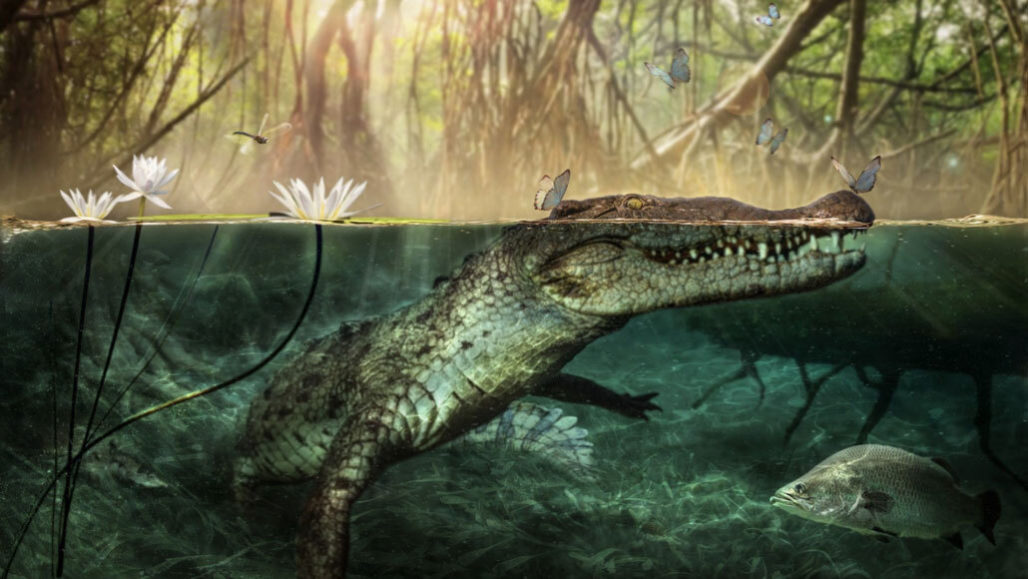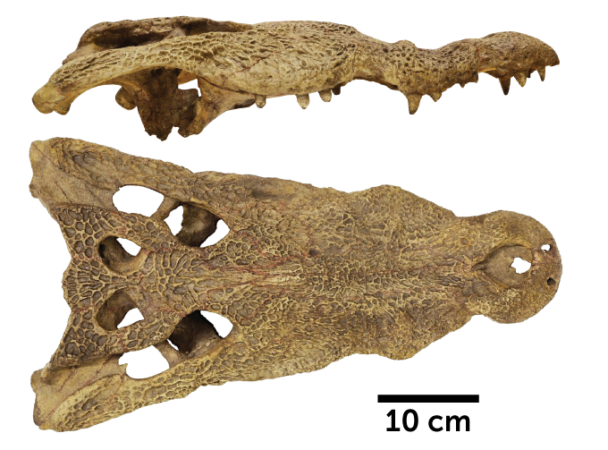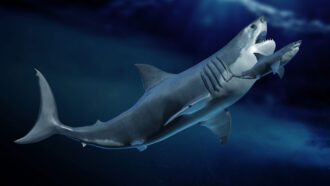American crocs seem to descend from kin that crossed the Atlantic
Ancient skull unearthed in North Africa looks a lot like today’s American crocodiles

Crocodylus checchiai (illustrated) is an extinct crocodile that lived in Africa millions of years ago. Like American crocodiles, it sported a bump on its snout.
Dawid A. Iurino









